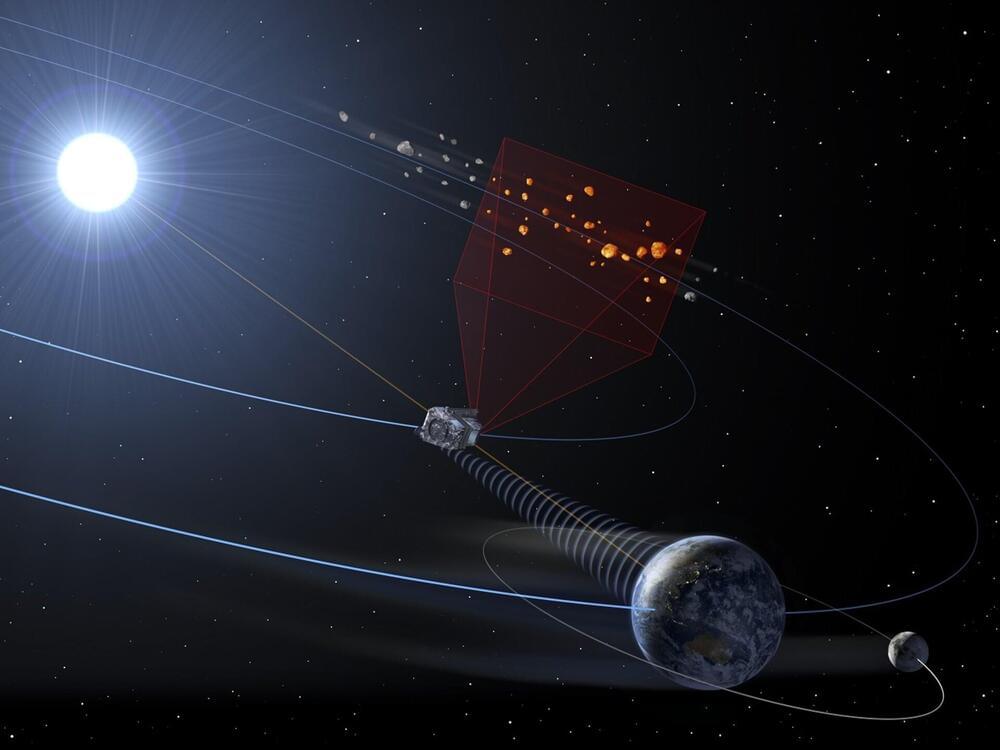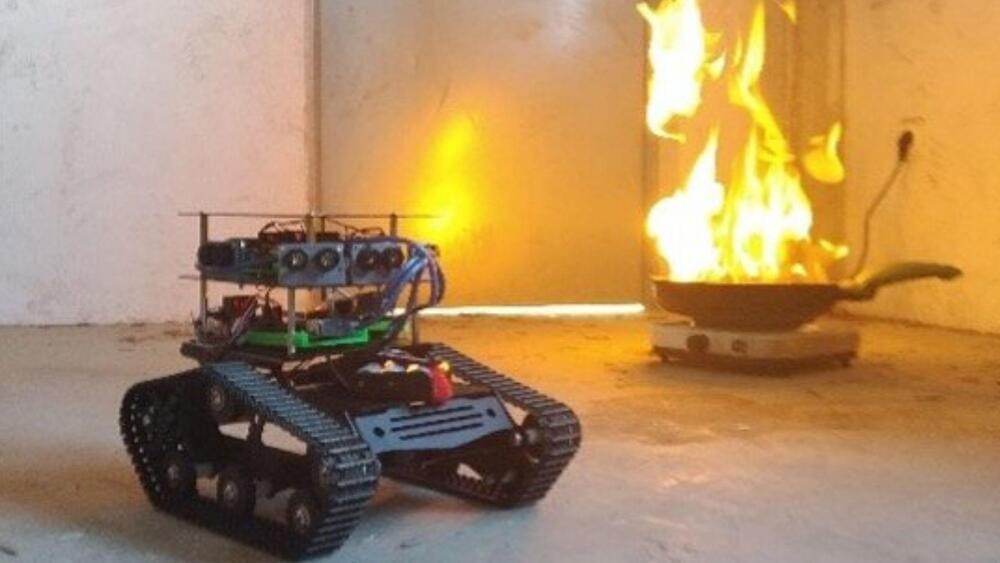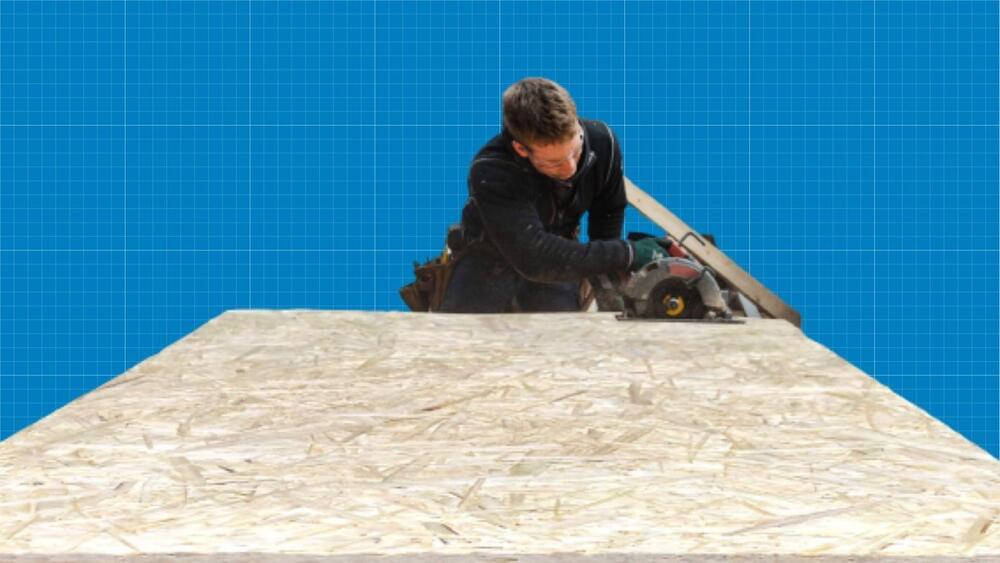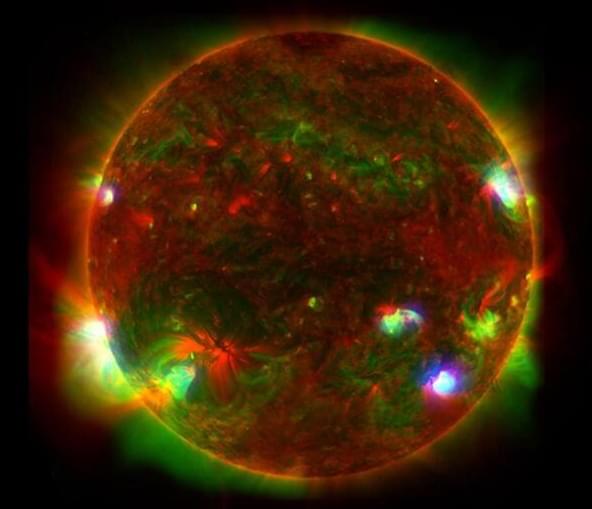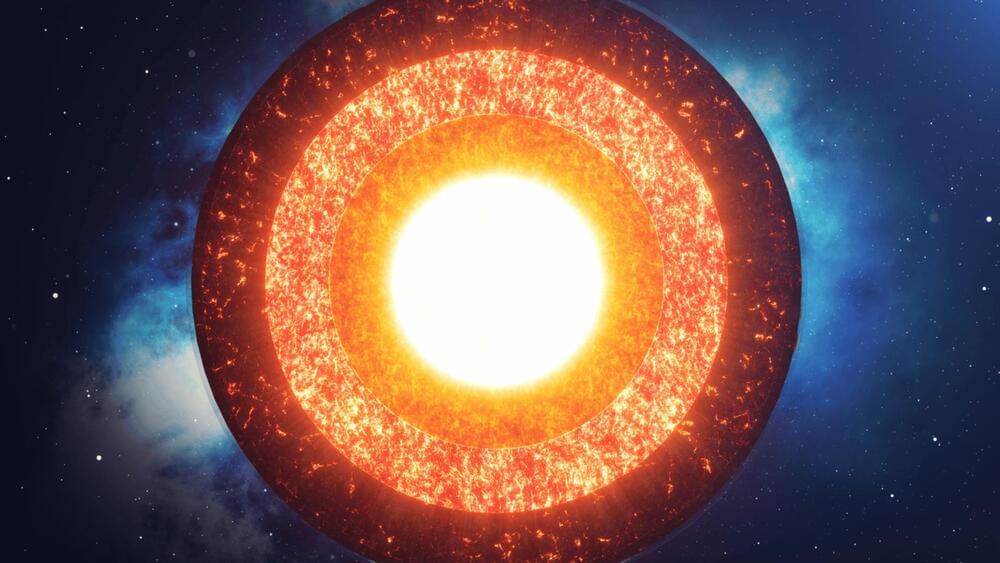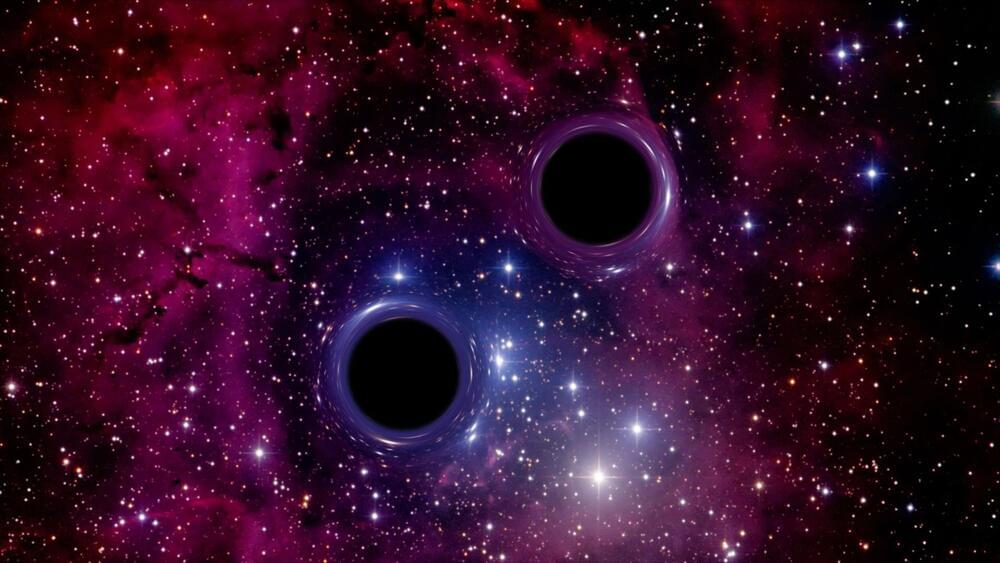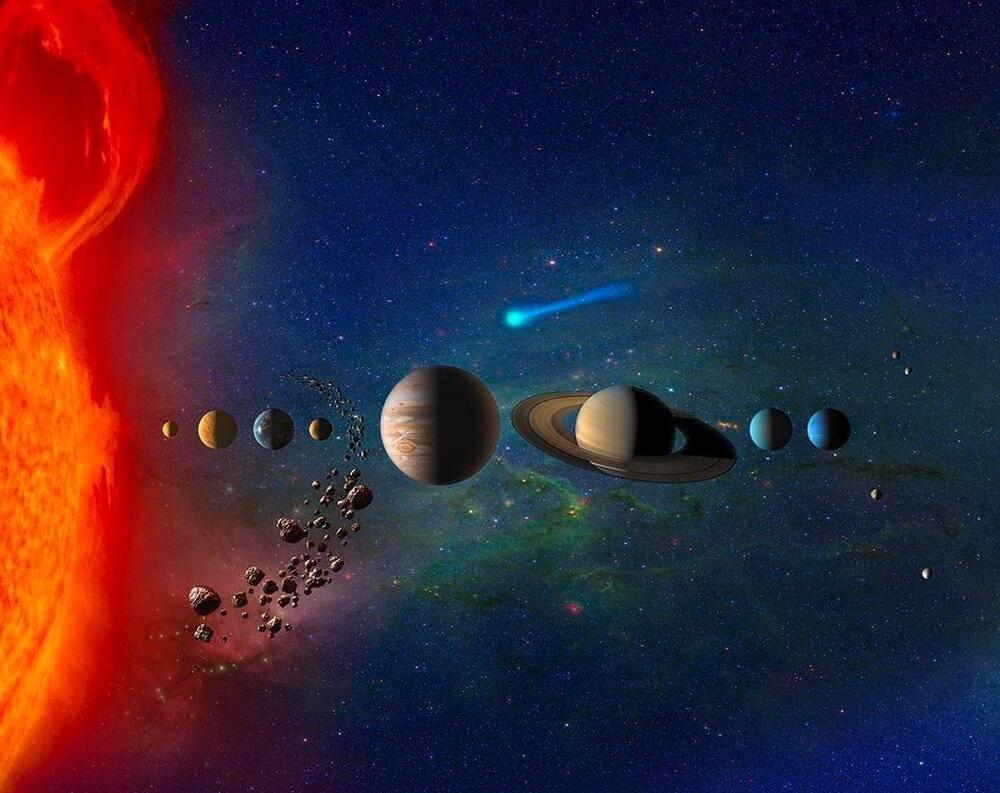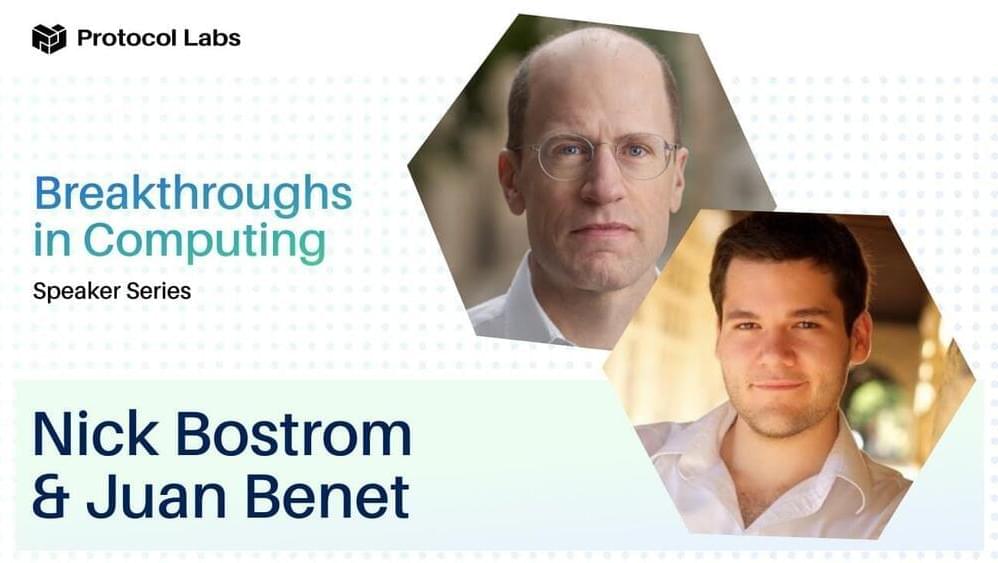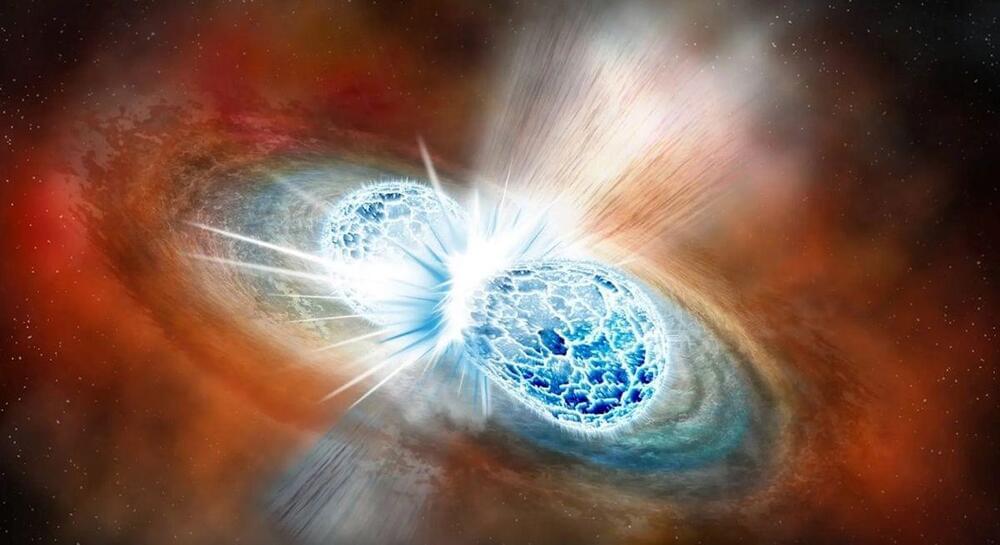Feb 21, 2023
A new space observatory will detect asteroids hidden in Sun’s glare
Posted by Gemechu Taye in category: space
The NEOMIR mission aims to provide advanced warning for asteroids capable of devastating cities.
The European Space Agency (ESA) aims to make the world safer with a spacecraft that can detect asteroids that the sun’s glare would otherwise hide.
The NEOMIR space observatory is designed to give an advanced warning about asteroids in a blindspot caused by intense sunlight.
